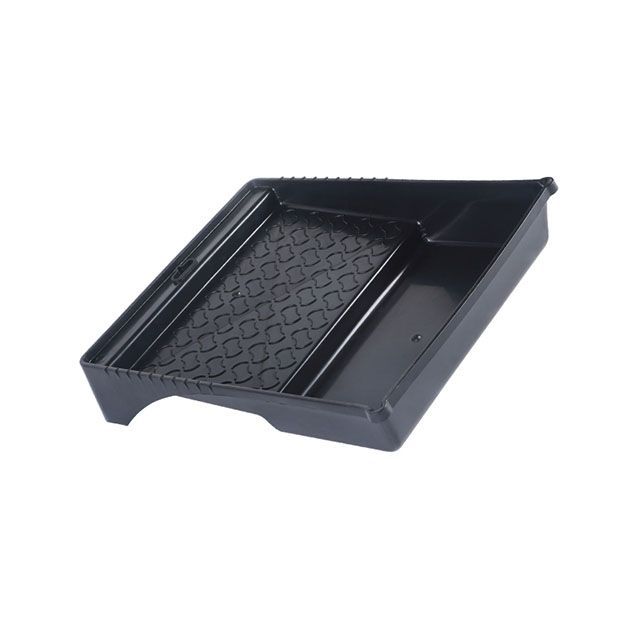What is the best way to clean a paint tray?
Painting projects often culminate with the inevitable task of cleaning up, and the paint tray, a workhorse in the process, requires special attention. So, what is the best way to clean a paint tray?
The Origin of Best Practices: The need for efficient paint tray cleaning arises from the desire to maintain tools in optimal condition and ensure hassle-free use in future projects. Neglecting proper cleaning can lead to dried paint residue, affecting the quality of subsequent paint jobs.
Process and Justification:
Immediate Action After Use:
The immediacy of post-use cleaning plays a crucial role. Prompt action prevents paint from drying, simplifying the cleaning process. It sets the foundation for an efficient and thorough cleanup.
Excess Paint Removal:
Scraping off excess paint with a putty knife or scraper is the first step in minimizing the amount of paint that needs to be cleaned. This step is fundamental to easing subsequent rinsing and scrubbing efforts.
Rinsing with Water:
Rinsing the paint tray with warm water is a straightforward yet effective approach. The water helps loosen fresh paint, making it easier to remove. This step sets the stage for more detailed cleaning.
Brush or Scrubbing Tool:
Stubborn paint spots demand a more targeted approach. Using a stiff brush or scrubbing tool allows for focused removal of dried or resistant paint. Attention to corners and edges ensures a thorough clean.

Soap or Detergent Application:
Introducing a mild detergent or dish soap enhances the cleaning process. The soap helps break down paint residues and facilitates easier scrubbing. This step contributes to achieving a spotless paint tray surface.
Warm Soapy Water Soak:
For trays with dried paint, a warm soapy water soak proves invaluable. Allowing the tray to soak softens the paint, simplifying the subsequent scrubbing or rinsing. This step is particularly beneficial for tackling persistent residues.
Thorough Rinsing:
Rinsing the paint tray thoroughly with clean water is pivotal. It ensures the removal of all soap, detergent, and loosened paint. A meticulous rinse guarantees a pristine surface ready for future paint applications.
Significance and Impact:
Tool Longevity:
Efficient cleaning preserves the longevity of the paint tray. Regular maintenance prevents the accumulation of dried paint, which can compromise the tray's functionality over time.
Project Readiness:
A clean paint tray contributes to project readiness. Having a well-maintained tool ensures that it is ready for immediate use, eliminating delays caused by the need for extensive cleaning before each project.
Quality of Subsequent Projects:
The meticulous cleaning of the paint tray for painters tool box directly impacts the quality of subsequent painting projects. A clean tray prevents unintended mixing of paint colors and ensures smooth, consistent application.
Conclusion: Elevating Painting Practices Through Proper Cleanup
In conclusion, the best way to clean a paint tray involves a systematic approach that begins with immediate action after use and progresses through various stages of rinsing and scrubbing. This methodical process, rooted in the desire for tool longevity, project readiness, and enhanced painting quality, underscores the importance of proper cleanup practices in the realm of painting projects. By incorporating these steps into one's routine, painters can elevate their craft, ensuring not only a clean paint tray but also optimal conditions for future creative endeavors.



